States of Matter
Introduction
Matter is anything that has mass and takes up space. It exists in three primary states: solid, liquid, and gas. Understanding the different states of matter is crucial in comprehending the behavior and properties of substances.
Solid
Solids have a definite shape and volume. The particles in a solid are closely packed together in a regular pattern. They vibrate but do not move from their fixed positions. Solids are not easily compressed and have high density.
Liquid
Liquids have a definite volume but take the shape of the container they are in. The particles in a liquid are close together, but they can move past each other. Liquids are not easily compressed and have a lower density than solids.
Gas
Gases have neither a definite shape nor a definite volume. The particles in a gas are far apart and move freely at high speeds. Gases can be compressed and have low density.
Changes in States of Matter
Matter can change from one state to another through processes such as melting, freezing, evaporation, condensation, and sublimation. These changes involve the transfer of energy in the form of heat.
Conclusion
Understanding the states of matter is essential for comprehending the behavior of different substances and their applications in various fields such as chemistry, physics, and engineering.
.◂Biology Worksheets and Study Guides High School. Invertebrates
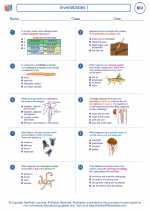
 Worksheet/Answer key
Worksheet/Answer key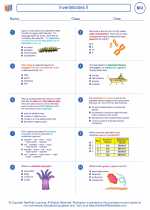
 Worksheet/Answer key
Worksheet/Answer key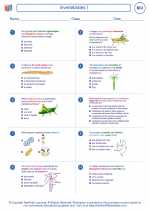
 Worksheet/Answer key
Worksheet/Answer key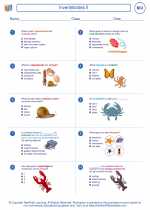
 Worksheet/Answer key
Worksheet/Answer key
 Worksheet/Answer key
Worksheet/Answer key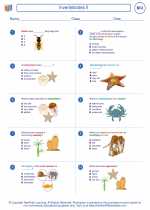
 Vocabulary/Answer key
Vocabulary/Answer key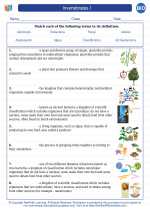
 Vocabulary/Answer key
Vocabulary/Answer key
 Vocabulary/Answer key
Vocabulary/Answer key
